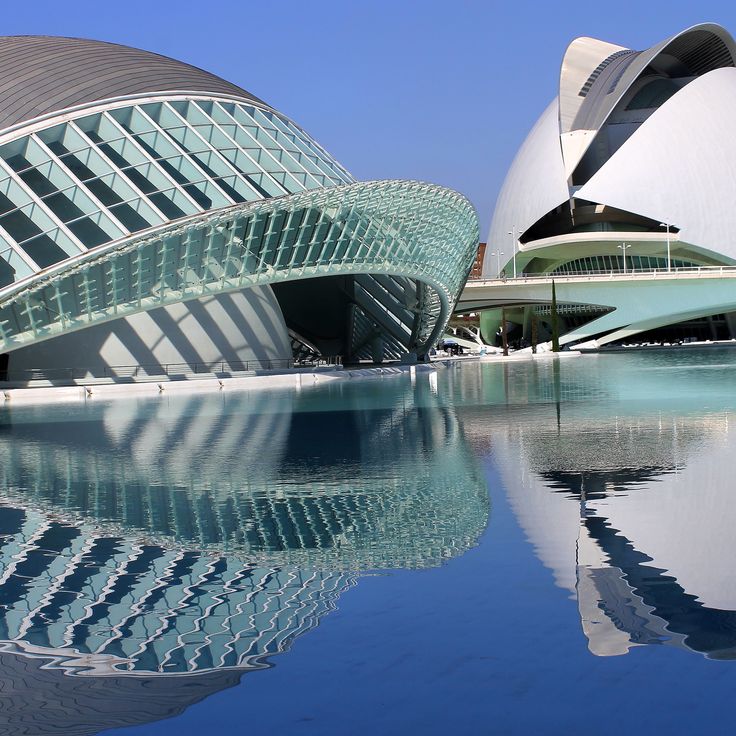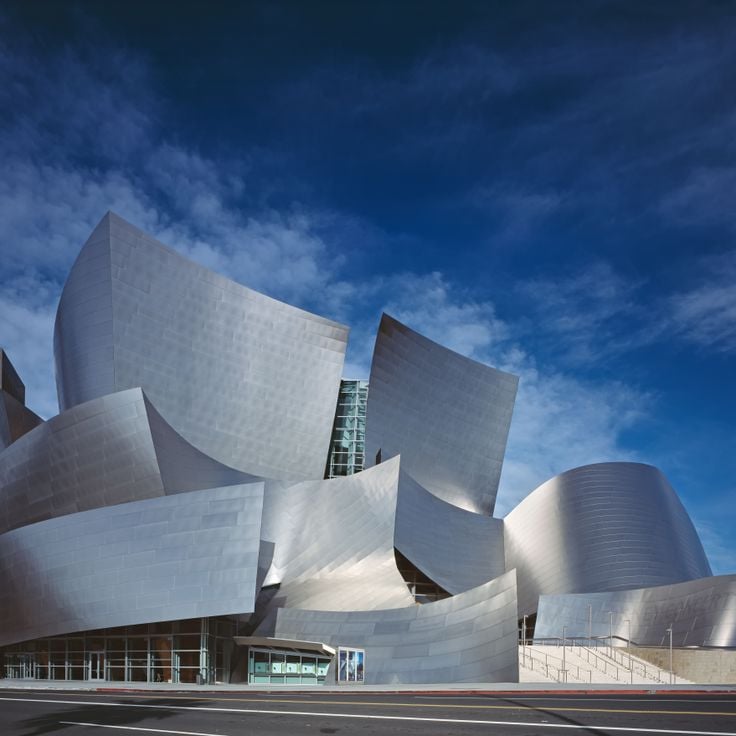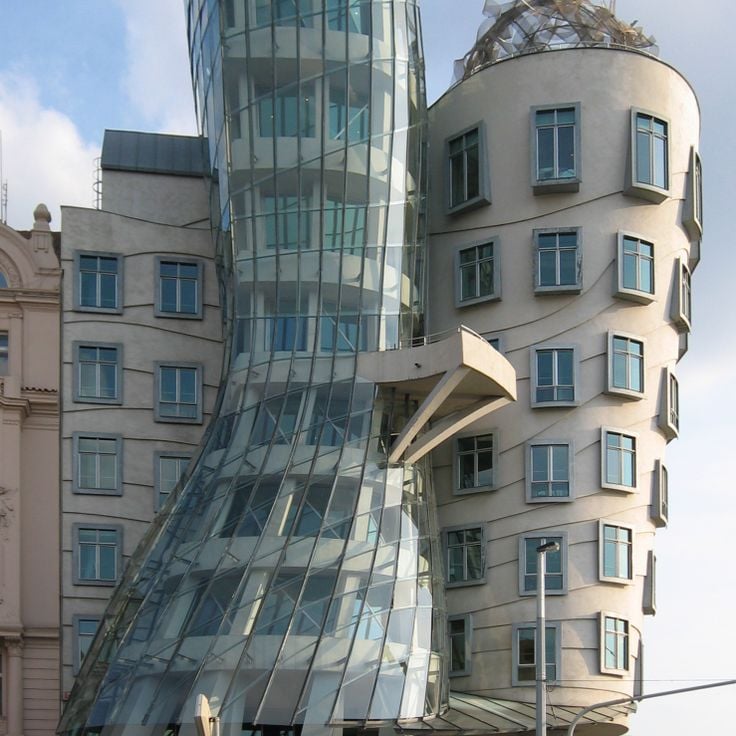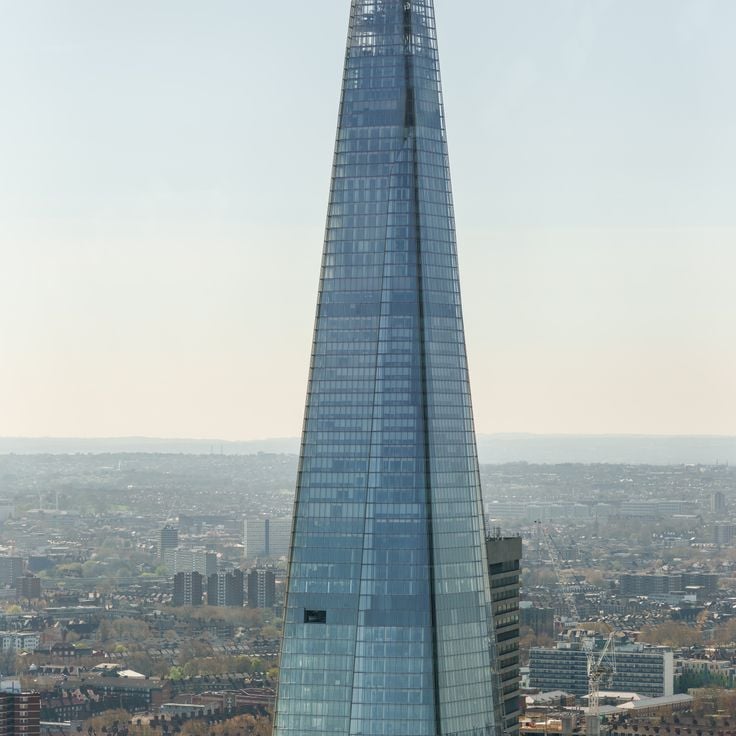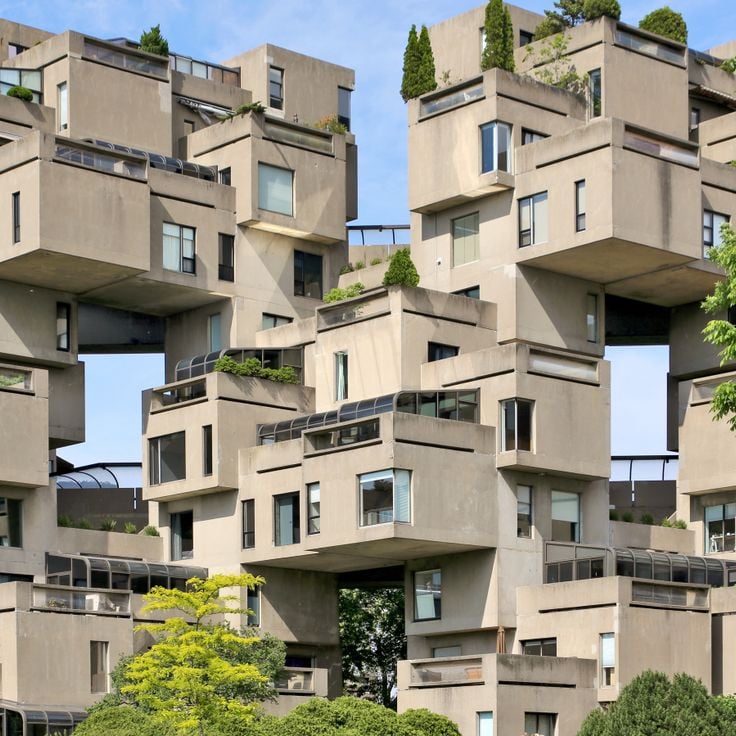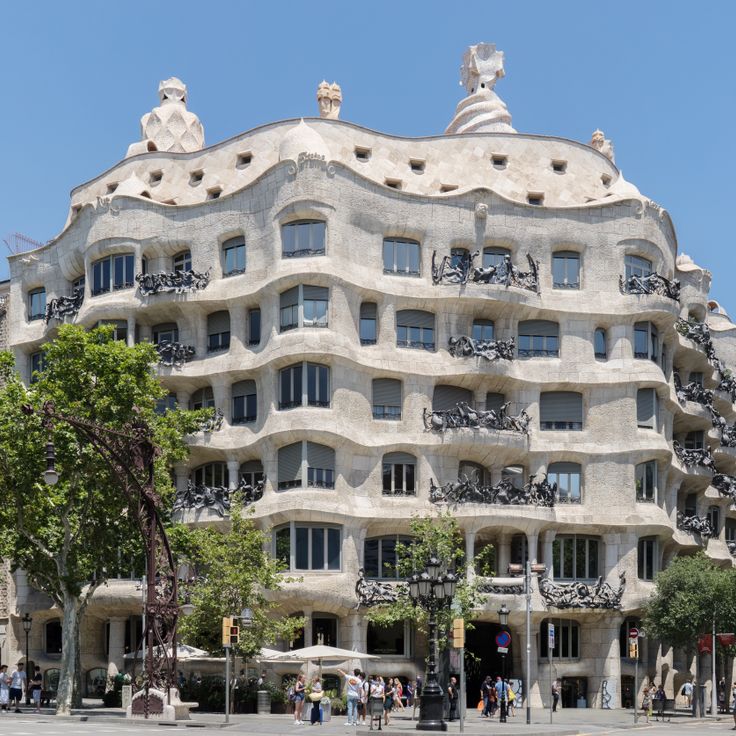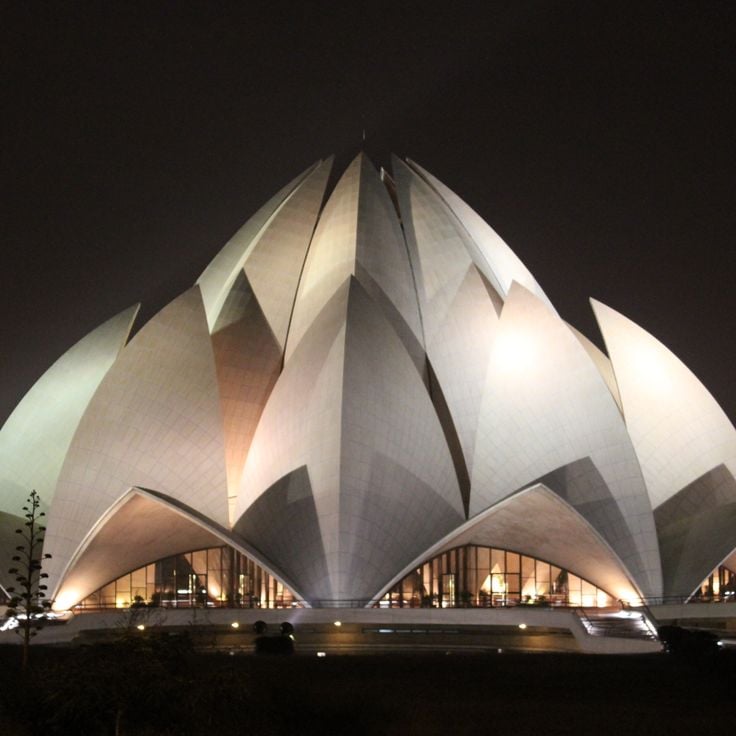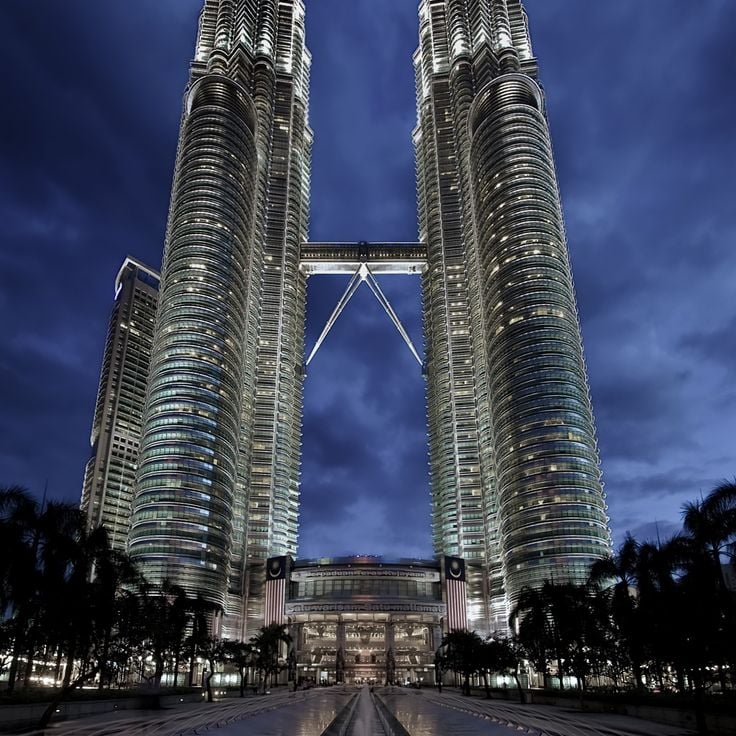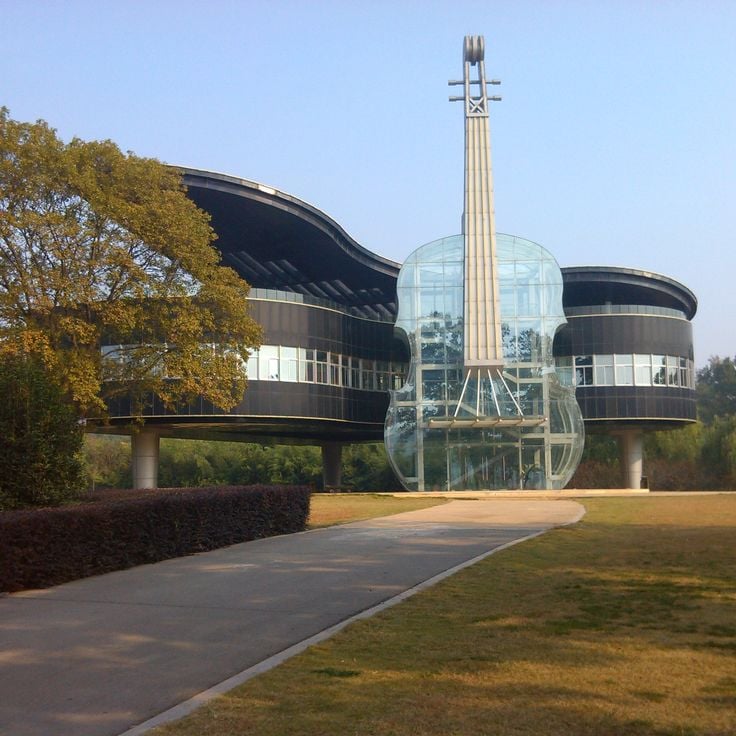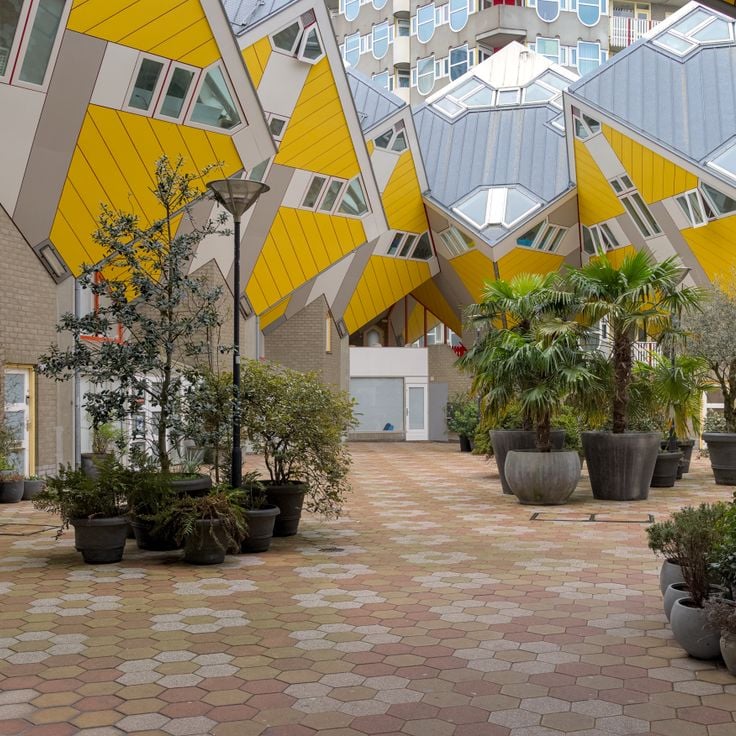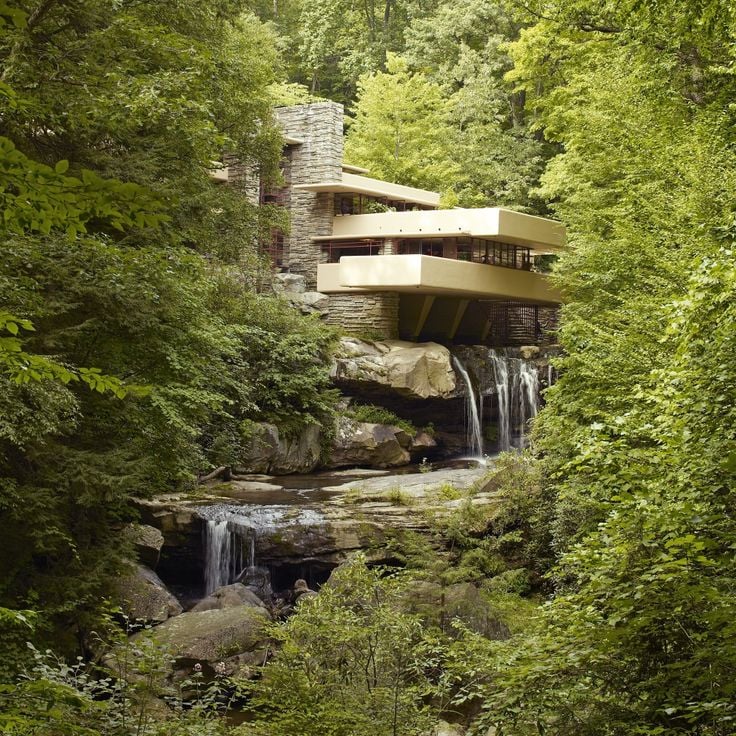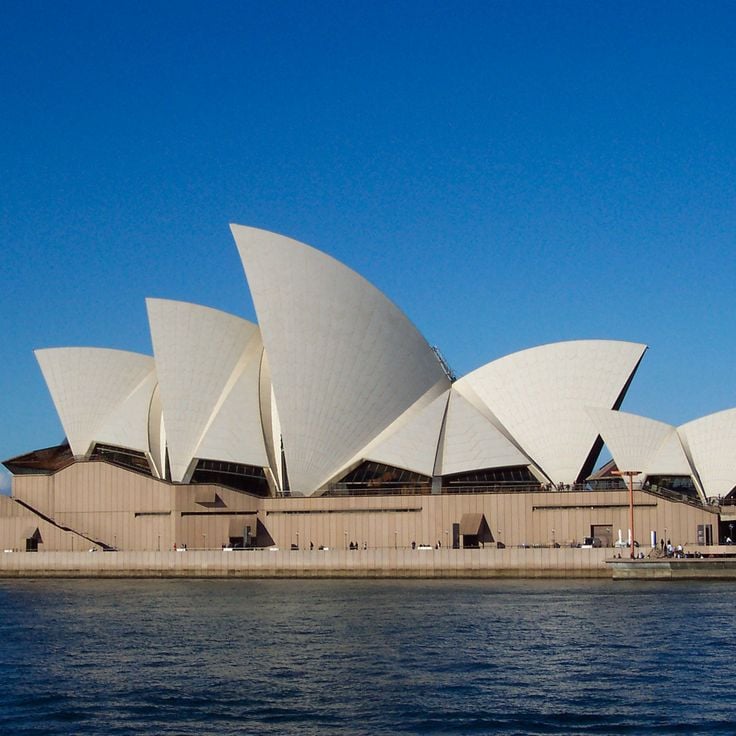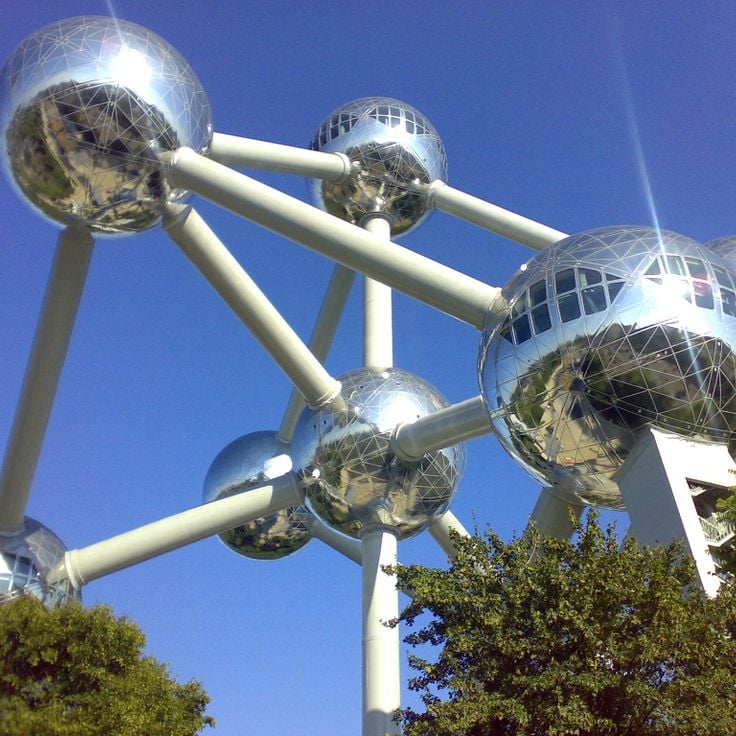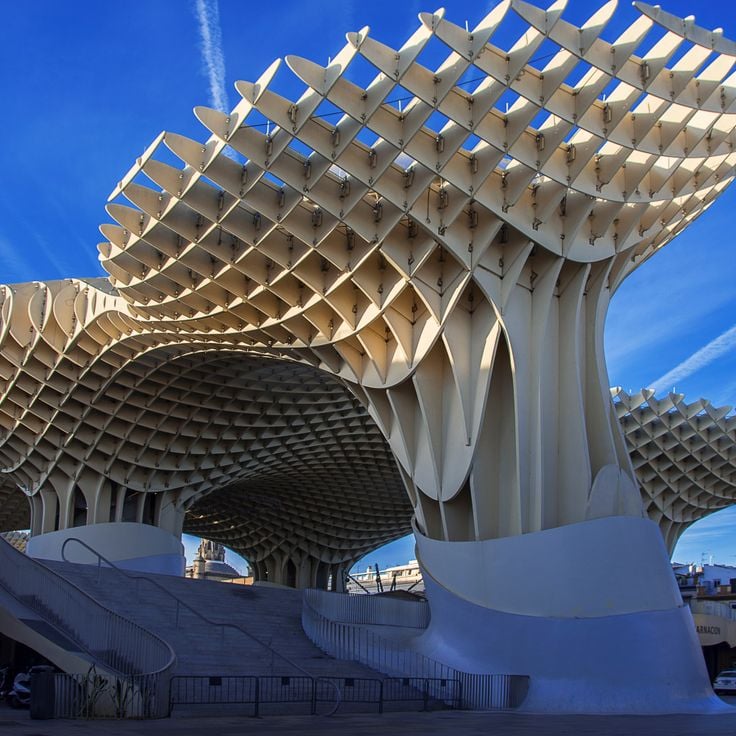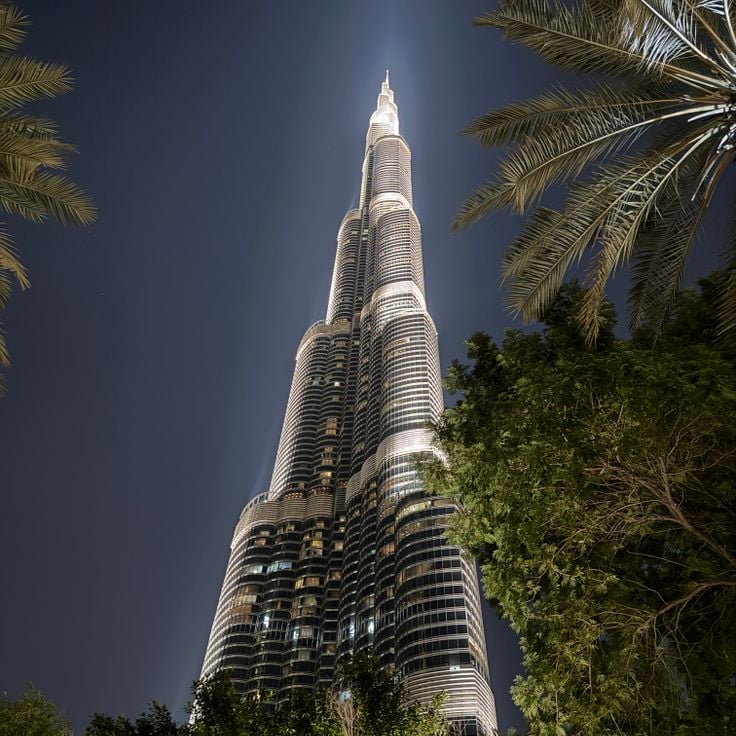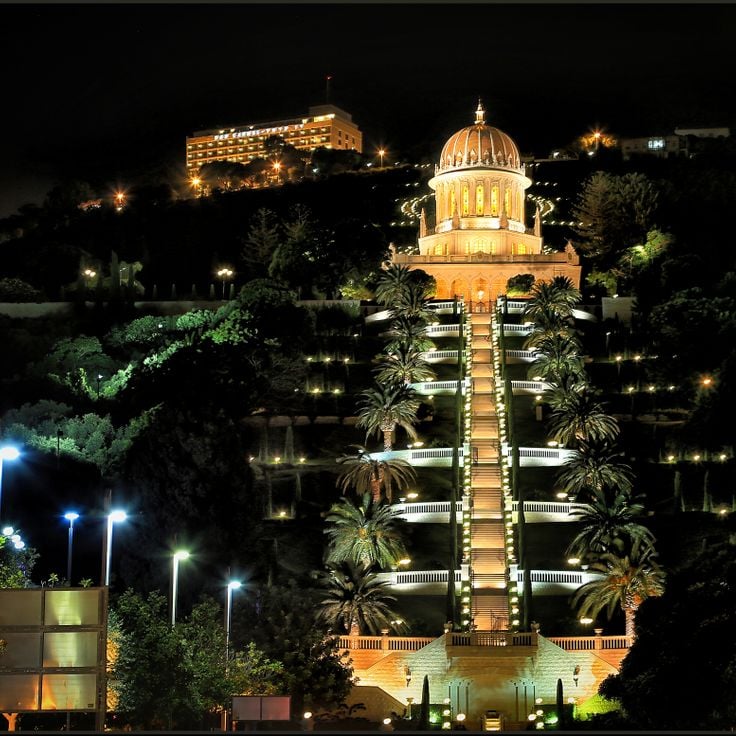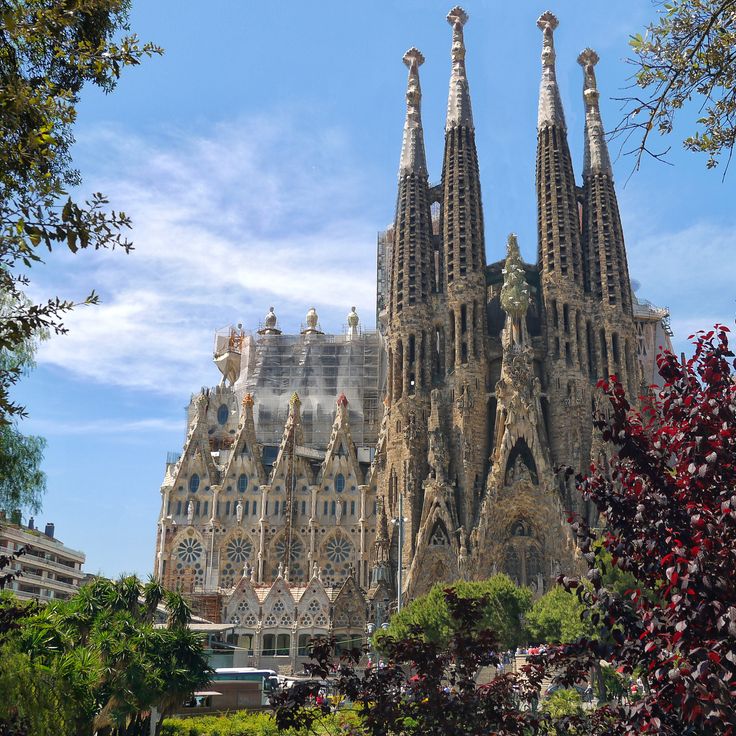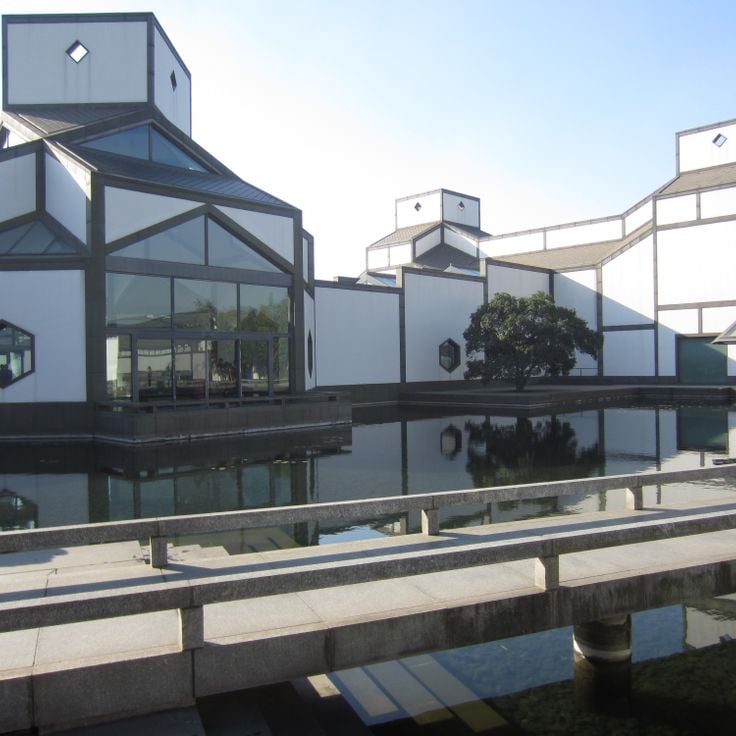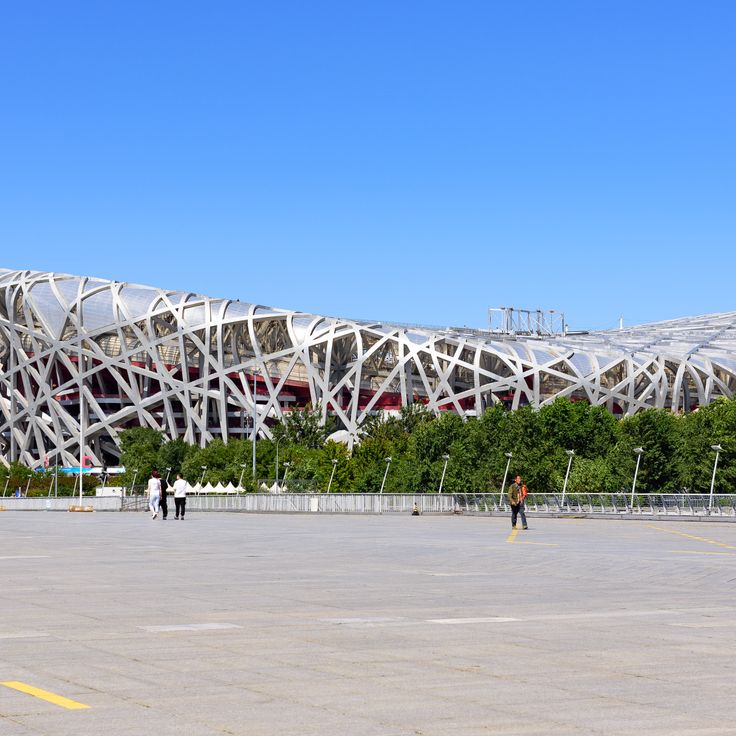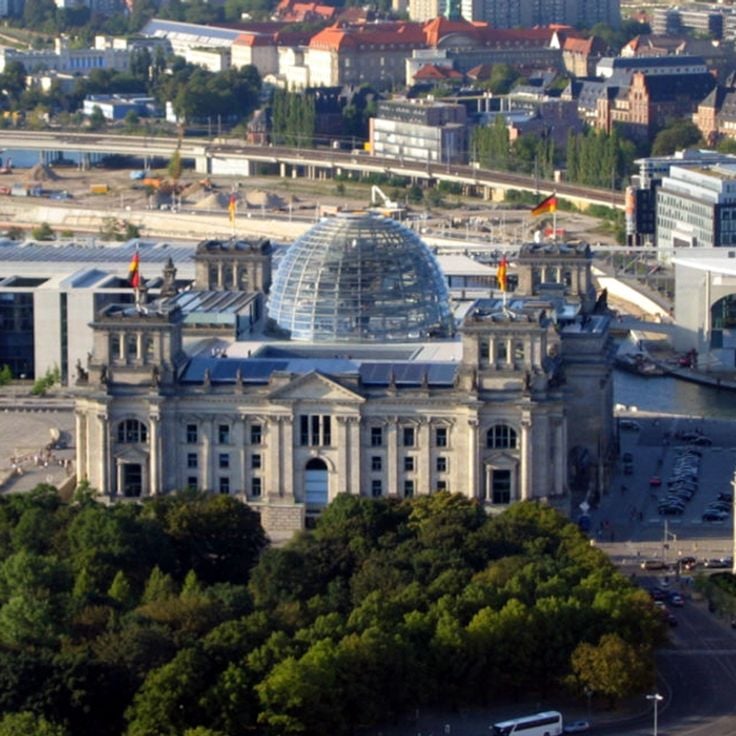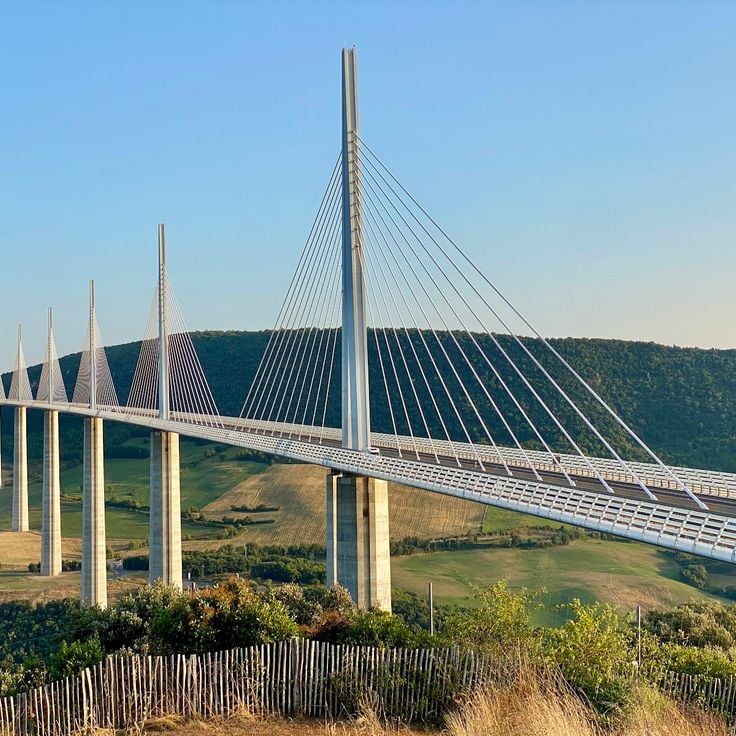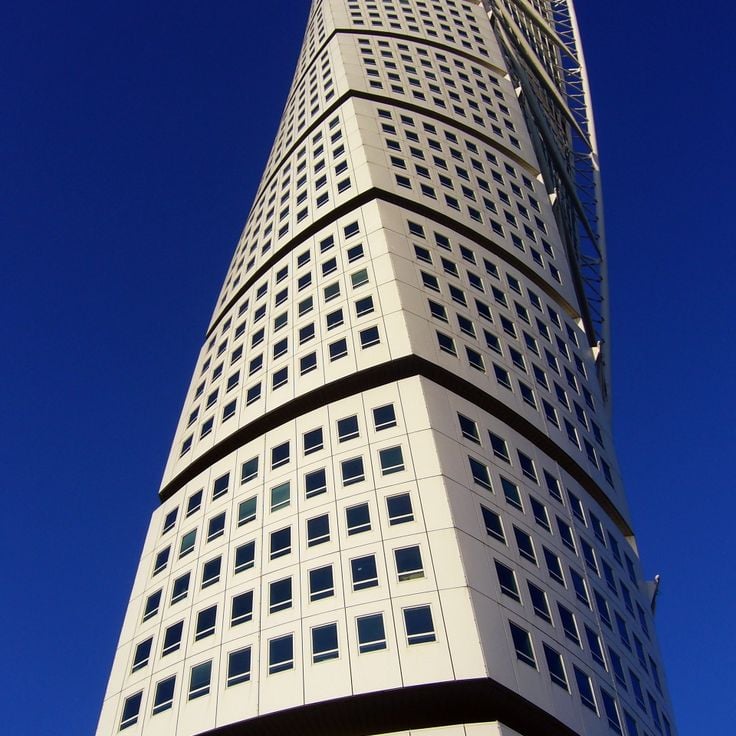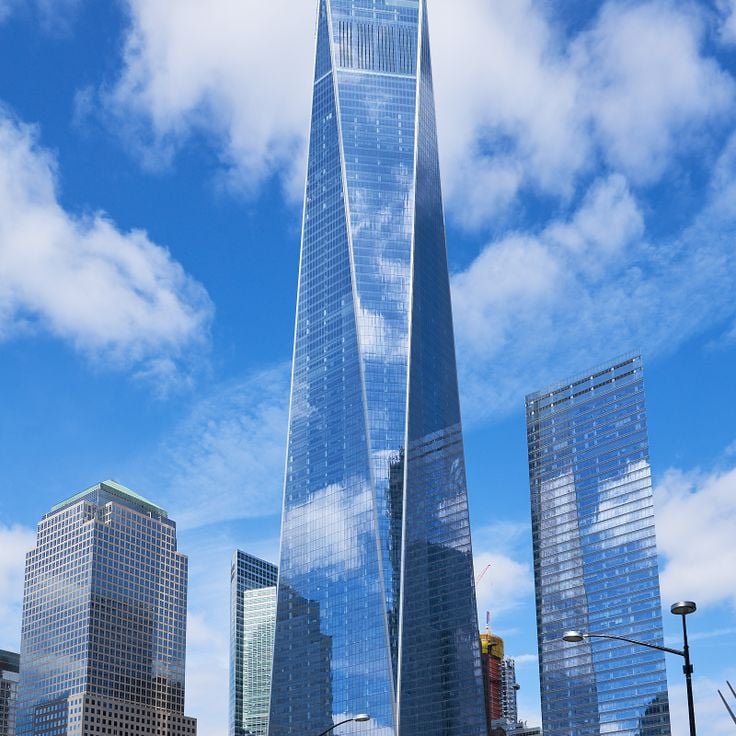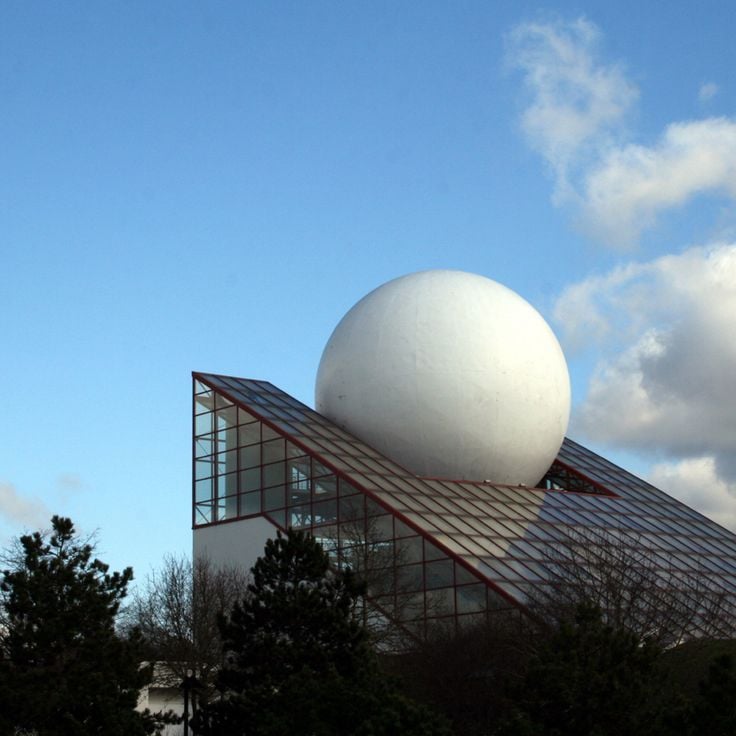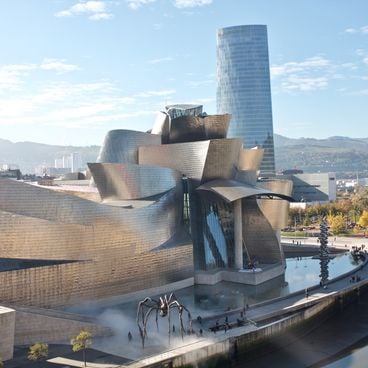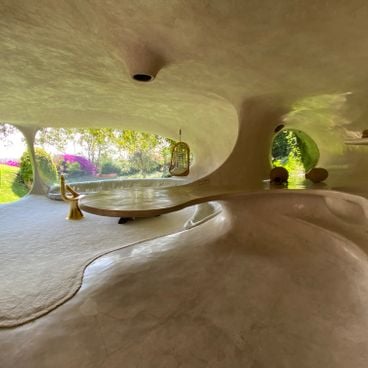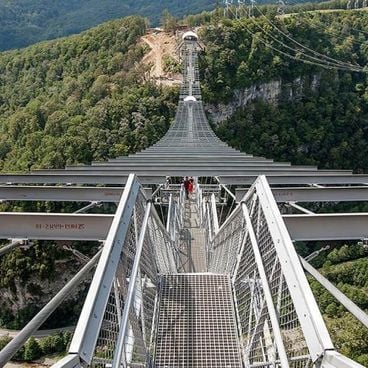20th and 21st-century architecture has transformed city centers with structures that push engineering boundaries. Observation towers like the Seattle Space Needle and experimental residential complexes like Habitat 67 in Montreal demonstrate the evolution of construction techniques. Architects have explored new forms using materials such as steel, glass, and concrete, creating structures that meet the growing demands of metropolitan areas. This collection includes buildings that marked their time with innovative design. In Barcelona, Antoni Gaudí's Casa Milà features a wavy facade that breaks traditional norms, while in London, 30 St Mary Axe incorporates energy-saving technologies into its 180-meter structure. From Bilbao's Guggenheim Museum clad in titanium to artificial islands shaped in the Persian Gulf in Dubai, these projects illustrate the diversity of architectural approaches worldwide. Each building reflects its urban context while offering solutions to technical and functional challenges of its era.
The City of Arts and Sciences covers 350,000 square meters in the former bed of the Turia River in Valencia. This complex was constructed between 1998 and 2009 based on designs by architect Santiago Calatrava and comprises several buildings with organic forms in white concrete: the Príncipe Felipe Science Museum, the L'Hemisfèric planetarium, the Palau de les Arts Reina Sofía opera house, and the L'Oceanogràfic aquarium.
The Walt Disney Concert Hall is a concert venue with 2265 seats located in downtown Los Angeles. Architect Frank Gehry designed this deconstructivist building, which opened in 2003 as the home of the Los Angeles Philharmonic Orchestra. The curved forms in polished stainless steel define the facade and give this structure its characteristic silhouette in the city center.
The Dancing House is an office building on the banks of the Vltava River, consisting of two differently shaped towers made of glass and concrete. This structure was completed in 1996 according to plans by architects Vlado Milunić and Frank Gehry and stands on a plot that was destroyed by bombing during World War II. The two towers symbolize a dancing couple through their dynamic form and create a contrast with the historical buildings in the surrounding area.
The 30 St Mary Axe is an office tower with 41 floors that reaches a height of 180 meters. The facade of this building consists of a diagonal steel grid with glass panels and incorporates energy saving technologies that reduce electricity consumption.
The Shard reaches a height of 310 meters and stands as the tallest building in the United Kingdom. This skyscraper contains 95 floors that accommodate office spaces, a hotel, multiple restaurants, and a public observation deck. Designed by Renzo Piano and completed in 2012, the building features a glass facade that tapers upward, resembling a shard of glass that gives the structure its name.
Habitat 67 was designed by architect Moshe Safdie as an experimental housing project for the 1967 World Exposition. The building consists of 354 prefabricated concrete modules stacked in various combinations to create 146 residential units. Each apartment features a private rooftop terrace formed by the offset arrangement of the modules. The structure rises twelve stories and combines urban living with individual outdoor spaces. This complex demonstrates the possibilities of modular construction in contemporary architecture.
Casa Milà is a multi-story residential building with an undulating stone facade and wrought iron balconies. Antoni Gaudí designed this structure, built between 1906 and 1912 in the Modernisme style. The organic forms of the facade completely avoid straight lines and create a sculptural effect. The construction includes an innovative support system that eliminates the need for load-bearing walls and allows for flexible floor plans.
The Space Needle is a 184-meter observation tower located in the center of Seattle. The top floor of this tower rotates on its axis and houses a restaurant offering views of the city and surrounding region. The Space Needle was built in 1962 for the World's Fair and now serves as a symbol of the city and a tourist destination for visitors from around the world.
The Guggenheim Museum was completed in 1997 according to Frank Gehry's designs and displays contemporary art in 19 exhibition galleries. The curved outer facade comprises more than 33,000 titanium plates that produce varying reflections depending on lighting conditions. This museum offers 24,000 square meters of exhibition area along the Nervión River and has become an important reference point for modern architecture.
The Palm Islands consist of three artificial archipelagos shaped like palm trees, created through land reclamation in the Persian Gulf. Palm Jumeirah, the first and only completed island, required 94 million cubic meters of sand and 7 million tons of rock for its construction. These island groups extend Dubai's coastline by several kilometers and provide residential and recreational areas on artificially created land.
The Lotus Temple is a Bahá'í House of Worship completed in 1986 and ranks among the most visited religious buildings in India. The structure features 27 white marble petals arranged in the form of an opening lotus flower. The central prayer hall accommodates 2500 visitors and contains no religious symbols or imagery. The construction reaches a height of 34 meters and covers an area of 10.5 hectares.
The Petronas Towers consist of two towers each measuring 452 meters in height, connected by a double-deck skybridge at the 41st and 42nd floors. This steel and glass construction was completed in 1998 and served as the tallest building in the world until 2004. The towers house offices, a shopping center and a concert hall.
Harpa Concert Hall was completed in 2011 following designs by Danish architectural firm Henning Larsen. The facade features 714 glazed elements with geometric structures created by Icelandic artist Ólafur Elíasson. These modules reflect daylight and the colors of the Icelandic sky. The building houses several concert halls and serves as home to the Iceland Symphony Orchestra and the Icelandic Opera.
The Piano House stretches over 50 meters in length and takes the shape of a glass concert grand piano. An attached steel structure in the form of a violin contains the staircase and links the different floors of the building. This architectural design serves as a training facility for the local music conservatory and was completed in 2007. The transparent facade of the piano section provides views into the interior spaces, while the violin structure functions as both an access point and a design element connecting the upper levels.
The Cubic Houses consist of forty yellow cubes resting on hexagonal concrete pillars and tilted at 45 degrees. Dutch architect Piet Blom designed this residential complex in the 1970s based on the concept of an abstract forest. Each house has three levels and the angled walls create unusual interior spaces. The construction combines experimental design with functional apartments in the centre of Rotterdam.
Fallingwater was designed by Frank Lloyd Wright in 1935 for the Kaufmann family. This residential house features horizontal concrete slabs cantilevered directly over a natural waterfall. The terraces follow the organic form of the rock formation and integrate the waterfall into the building structure. Large windows and stone walls made from local materials connect the interior spaces with the surrounding natural environment.
The Louvre Pyramid is a glass structure with a steel frame located in the Napoleon Courtyard of the museum. This entrance hall was completed in 1989 by architect Ieoh Ming Pei and consists of 673 diamond-shaped glass panes. The pyramid measures 21.6 meters in height and its square base spans 35 meters. It serves as the main entrance to the museum and connects the underground visitor areas with the historic palace.
The Sydney Opera House was completed in 1973 following a design by Danish architect Jørn Utzon. The characteristic shell-shaped roofs consist of precast concrete segments covered with over one million Swedish ceramic tiles. The building houses multiple performance venues, including the Concert Hall with 2,679 seats and the Joan Sutherland Theatre for opera and ballet productions. This facility at Bennelong Point in Sydney Harbour receives over eight million visitors annually.
This hotel complex consists of three towers, each rising 200 meters high. The three towers are connected at the upper level by a shared platform. The rooms offer views across Marina Bay and the city center of Singapore. The building represents one of the most recognizable examples of contemporary architecture in Southeast Asia.
The Atomium was constructed in 1958 for the Brussels World's Fair and rises 102 meters above ground. This steel structure represents an iron crystal magnified 165 billion times. The nine spheres, each with an 18-meter diameter, contain exhibition spaces documenting the history of the World's Fair and 1950s architectural developments. The uppermost sphere houses a restaurant with panoramic views across the Belgian capital.
The Metropol Parasol was completed in 2011 on Plaza de la Encarnación and houses a traditional market on the ground floor as well as several viewing platforms on the upper levels. This construction designed by Jürgen Mayer consists of laminated timber spanning 150 meters in length and 70 meters in width, forming with its undulating structure one of the largest timber constructions worldwide.
The Burj Khalifa rises to 828 meters in height and contains 163 floors. This building has accommodated hotels, residential apartments and commercial spaces since its completion in 2010 and serves as the centerpiece of the Downtown Dubai development. The structure employs a Y-shaped floor plan design that provides structural stability while maximizing views. The foundation consists of a massive concrete base that distributes the load across the ground.
The Bahai Terraces consist of nineteen symmetrically arranged levels on the slope of Mount Carmel. The site extends over more than one kilometer and connects maintained gardens with geometric patterns through stone pathways and staircases. The central element is the golden Shrine of the Bab, surrounded by concentric garden terraces. The architecture combines Persian garden traditions with contemporary landscape design and was completed in the 1990s.
The Sagrada Familia combines Gothic elements with modern architecture and features eighteen towers dedicated to the twelve apostles, the four evangelists, the Virgin Mary and Jesus Christ. Antoni Gaudí began construction of this basilica in 1882, and work continues to this day. The building is characterized by organic forms, colored glass windows and naturalistic decoration inspired by plants and animals.
The Suzhou Architecture Museum was designed by Chinese architect I. M. Pei and completed in 2006. This museum covers 26,000 square meters and integrates traditional elements of Suzhou gardens into contemporary architectural language. The building organizes itself around several courtyards with water basins, connected through glazed corridors. The facades of this museum combine white plastered walls with dark granite roof surfaces, while large glass panels direct natural light into the exhibition spaces.
The Beijing Olympic Stadium consists of an outer structure of steel beams that intersect and interweave at various angles. The construction recalls the shape of a bird's nest and was built for the 2008 Summer Olympic Games. The stadium measures 330 metres in length and 220 metres in width, with a height of 69 metres. The steel framework weighs approximately 42,000 tonnes and encloses a capacity of 91,000 spectators.
The Reichstag Dome was designed by architect Norman Foster and completed in 1999. This glass structure sits atop the historic Reichstag building and provides visitors access via two opposing spiral ramps. The central mirrored cone channels daylight into the plenary chamber below while offering views of the German Bundestag parliamentary sessions in progress.
The Millau Viaduct crosses the Tarn Valley with a cable-stayed structure supported by seven concrete pylons. The tallest pylon reaches 336.4 meters, making this motorway bridge the highest in Europe. Inaugurated in 2004, the structure was designed by Norman Foster and connects Paris to the Mediterranean coast via the A75 motorway.
The Turning Torso rises 190 meters in the Västra Hamnen district and stands as the tallest building in Scandinavia. This residential skyscraper consists of nine segments that rotate 90 degrees from base to top. Spanish architect Santiago Calatrava designed this structure, which was completed in 2005 and contains 54 floors.
The One World Trade Center rises to a height of 541 meters, establishing itself as the tallest building in the Western Hemisphere. This glass tower contains office spaces and includes a public observation deck that offers views across Manhattan and the surrounding areas.
Futuroscope is a technology park in Poitiers that presents approximately forty film screenings and simulators in buildings featuring metal claddings and glass walls. The architecture of this park combines futuristic forms with transparent materials, creating a modern environment for digital and audiovisual attractions. The structures of Futuroscope demonstrate various geometric concepts and technical solutions for large projection spaces.
